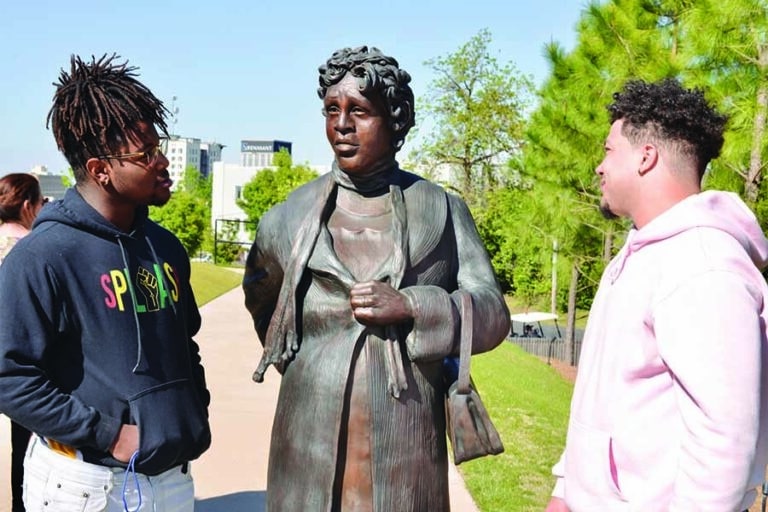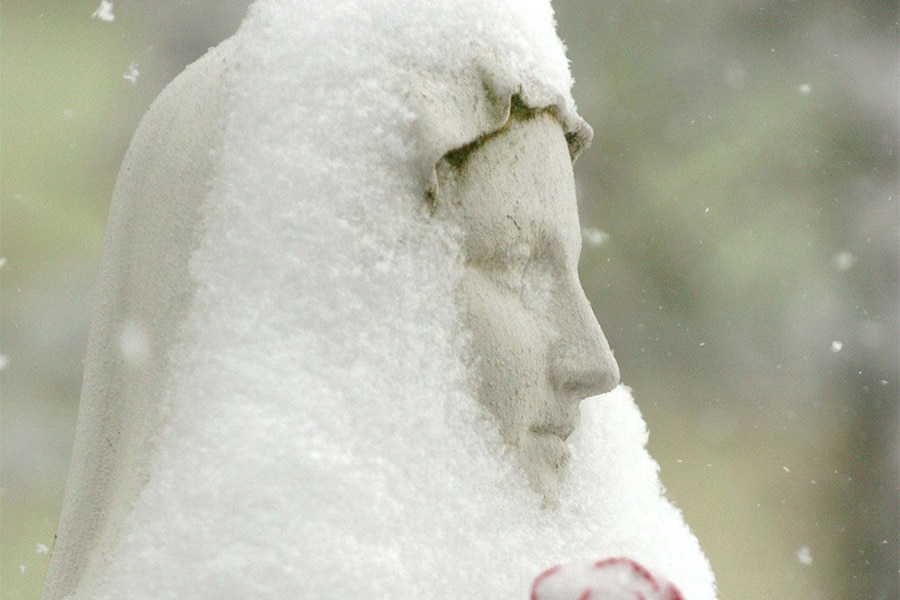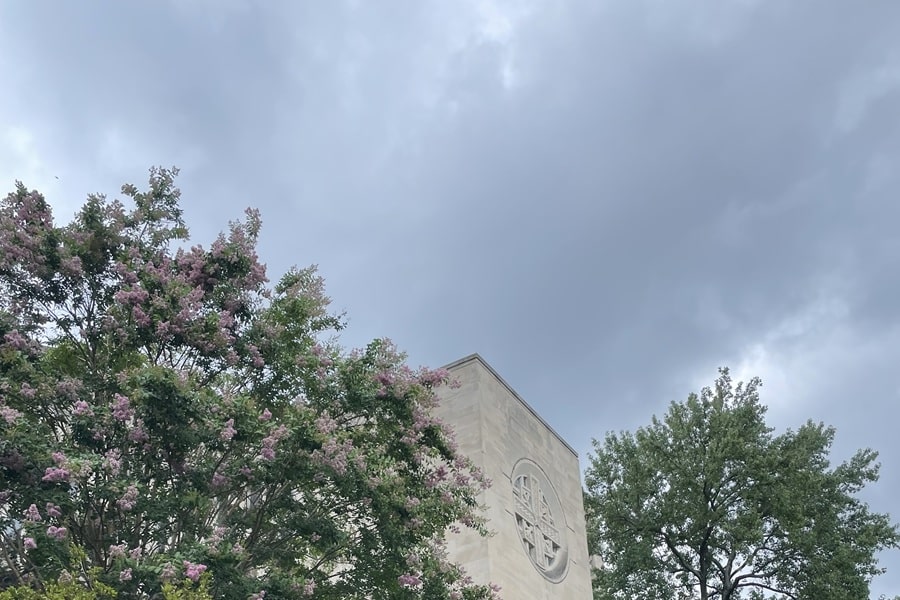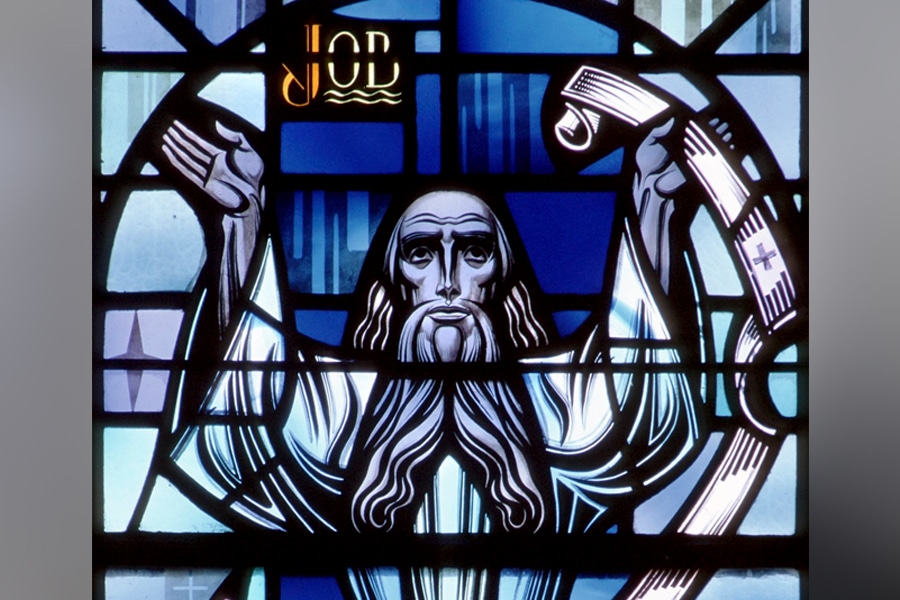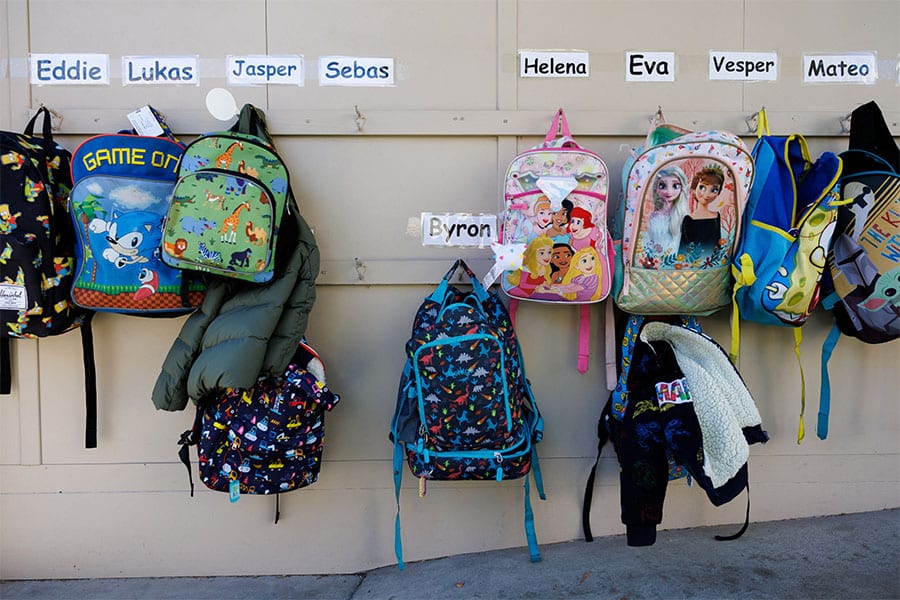“The people stood by and watched.”
This simple line in Luke’s Passion narrative (Lk 23:35) struck me with unusual force this past Holy Week.
Under Roman governance, executions were a public spectacle, part entertainment, part warning. The Gospel writers paint the picture of a rather noisy scene with people watching men die slowly and some shouting insults.
It sounds rather brutal to modern ears, yet because of a recent experience, I think it is not so distant from us at all.
As part of a civil rights tour sponsored by Catholic Mobilizing Network and the Congregation of St. Joseph Ministries, I recently paid a visit to the National Memorial for Peace and Justice in Montgomery, Ala.
The National Memorial is a sobering encounter with our country’s history of lynching. The brainchild of Bryan Stevenson, founder of the Equal Justice Initiative, it is an immersive, overwhelming experience of a part of our past many people these days would rather ignore.
Back then, lynchings were often covered by local newspapers, with little shame and less horror. Those who did the lynchings rarely suffered repercussions. Those who were lynched were overwhelmingly Black. There were no trials, no convictions. There were extra-judicial killings, the work of mobs fueled by rumors and race hatred.
But what is particularly horrifying was that they were seen as occasions for entertainment. I remember a photo of a lynching that had taken place in Marion, Indiana, in 1930. A crowd of thousands reportedly watched the spectacle of torture and murder. The faces looking up at the dangling bodies were gleeful. As was often the case, when the bodies were cut down, spectators took pieces of them as souvenirs.
Lynchings were so popular that postcards were often made of the photos, and they were shared and collected like one would collect tourist memories.
As in the time of Jesus, such public executions were both entertainment and warning. Lynchings were used to enforce Jim Crow laws and to keep Black citizens terrified. The National Memorial has documented 6,500 lynchings so far. In the memorial, heavy metal boxes (as large as coffins), one for each county where one or more lynchings are documented, bear the names of those lynched there (if known) and the dates they died. The metal boxes hang from the ceiling, unable to touch the ground.
As one walks among, then under, the ascending rows and rows and rows of boxes, one feels the weight of this history, our history. It is a fearful reckoning. I found the names of the two Black men killed in Marion one day in 1930: Abram Smith and Thomas Shipp. I once lived not far from Marion, and although most lynchings happened in the South, these two men were personal to me.
Some listings begged further explanation, like Anderson County, Texas. There a mob in a homicidal fever killed 15 people, all without names, on July 31, 1910. The steel pillar simply listed each one as “Unknown.”
There are people who would have us believe that we should ignore this past. They might argue that we are far from this type of behavior today. But are we?
The treatment of the undocumented — calling them vermin, terrorists, criminals — is hardening us. A government-distributed video of human beings in shackles and chains led onto an airplane to be deported was viewed more than 100 million times. Also widely viewed were videos of people warehoused in an infamous Salvadoran prison, their heads shaved, their bodies bowed down.
The images are meant to terrorize. But what do they say about us, and to what extent are we being desensitized to more extreme forms of humiliation and violence?
When history writes the story of our age, may our grandchildren not find this line in their history books: “The people stood by and watched.”
Read More Commentary
Copyright © 2025 OSV News

